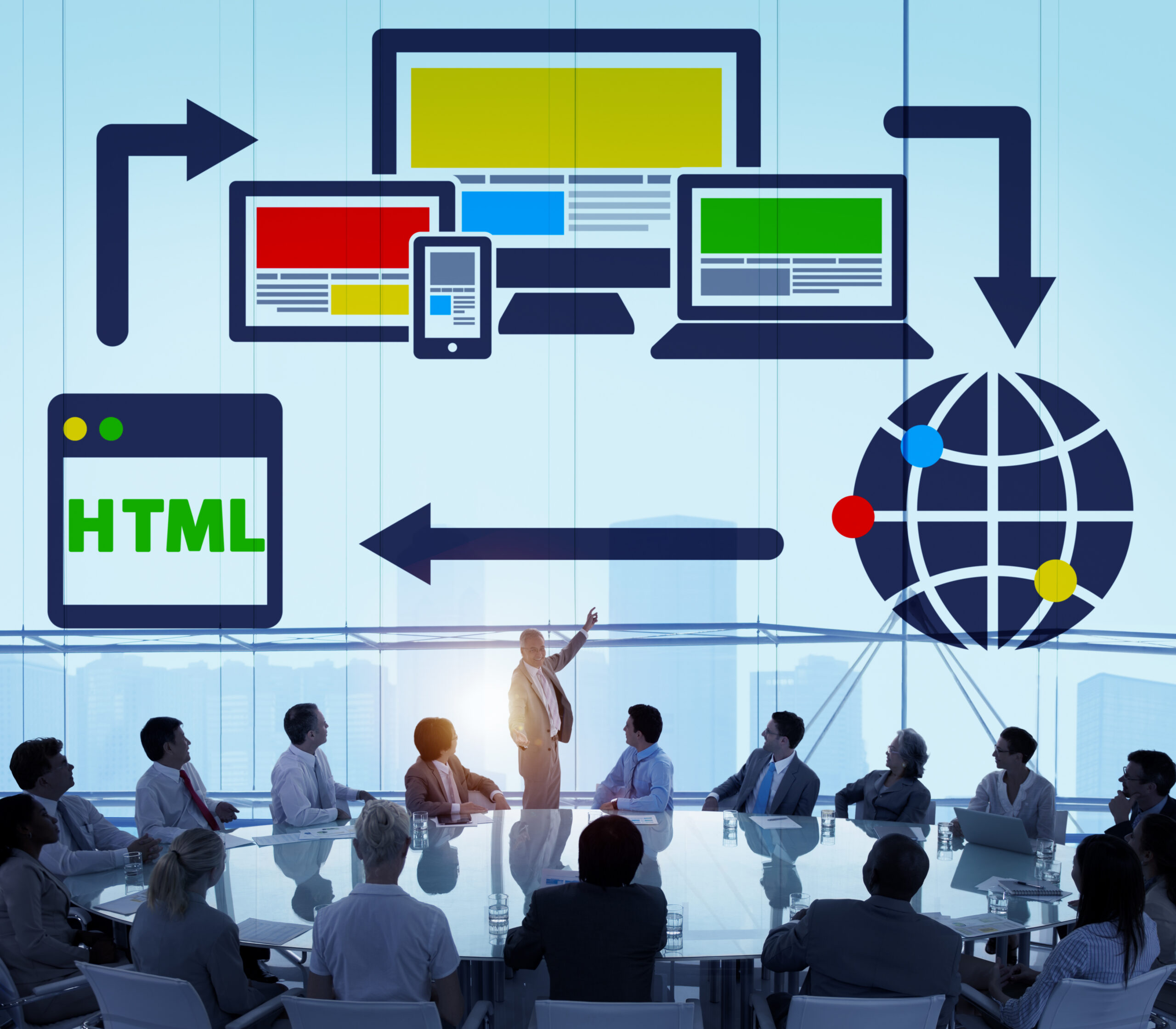In today’s fast-paced digital landscape, software applications are evolving at a rapid rate, with increasing complexity and demands for scalability. As both enterprise leaders and job candidates navigate this ever-changing environment, the question arises: How do you create software that not only works today but remains maintainable, scalable, and testable in the future? Enter Clean Architecture, a software architectural pattern introduced by Robert C. Martin, also known as Uncle Bob.
Clean Architecture isn’t just a set of guidelines; it’s a philosophy that helps development teams build systems that last. Whether you’re an enterprise hiring manager looking for specialized talent to drive your software initiatives or a developer seeking to hone your skills, understanding Clean Architecture can significantly improve the efficiency and longevity of your software.
In this article, we’ll explore what Clean Architecture is, why it’s important for both B2C and B2B audiences, and how Curate Partners can assist enterprises in finding the talent and consulting expertise necessary to implement it effectively.
What is Clean Architecture?
Clean Architecture is a structured approach to software design that focuses on the separation of concerns, independence of frameworks, and the prioritization of core business logic. At its heart, Clean Architecture consists of concentric layers, each with its own responsibilities, and it enforces strict rules about how these layers interact. The main goal is to create software that is easy to maintain, test, and adapt over time.
The Layers of Clean Architecture
Clean Architecture is represented by several concentric circles or layers, each encapsulating a specific function. Let’s break down these layers:
1. Outermost Layer: Frameworks and Drivers
This is the external layer that interacts with the outside world. It includes elements like user interfaces, web frameworks, databases, and external services. In practical terms, this is where you’ll find the code that deals with controllers, routers, database adapters, and user interfaces.
Think of this layer as the delivery mechanism for the application—it handles interactions with the user but is not responsible for the business logic. By isolating this layer, Clean Architecture ensures that changes to the UI or external services won’t break the core application.
2. Application Layer
The application layer is responsible for coordinating the use cases or business rules of the application. It contains application-specific logic and use-case implementations. This layer acts as the glue between the external frameworks and the core domain, ensuring that requests and data flow correctly without touching the underlying business logic.
A critical point here is that this layer is independent of external components, meaning it doesn’t rely on frameworks or databases, making the application easier to test and maintain.
3. Core Domain Layer: Entities and Business Rules
This is the heart of Clean Architecture. The core domain layer contains the business logic, domain entities, and application-specific rules that define how the application should behave. This layer is free from external concerns like databases or user interfaces, focusing solely on the core business logic that drives the application.
By keeping this layer independent, you can ensure that changes to technology stacks or user interfaces won’t disrupt the core functionality of your software. This separation allows for easy scalability and long-term maintainability, as the core domain can evolve independently from the rest of the system.
4. Innermost Layer: Enterprise Logic and Policies
At the center of Clean Architecture lies the enterprise-specific business policies and rules. This innermost layer contains domain services and cross-cutting concerns, as well as infrastructure-independent policies. It represents the bedrock of your application’s logic and is the most insulated from external changes.
Key Principles of Clean Architecture
Several fundamental principles make Clean Architecture a powerful tool for building maintainable software. These include:
Dependency Rule
One of the core tenets of Clean Architecture is the Dependency Rule, which states that dependencies must always flow inward, from the outer layers toward the core domain. This ensures that the business logic remains isolated from the ever-changing technologies in the outer layers.
Separation of Concerns
Clean Architecture strictly separates different aspects of the software into distinct layers, each with its own responsibility. This separation of concerns makes it easier to manage the application as it grows, ensuring that each part of the software can be modified independently.
Independence of Frameworks
A key benefit of Clean Architecture is its emphasis on keeping the core domain and application layers free from any framework-specific code. This independence provides flexibility, as the software can be ported to new frameworks or technologies without needing to rewrite the core business logic.
Testability
By keeping the core domain and business logic isolated from external dependencies, Clean Architecture makes it easier to test critical parts of the application. Unit testing becomes more straightforward when the business rules are decoupled from databases, user interfaces, and external services.
Benefits of Clean Architecture for Enterprises
For enterprises, especially those working on large-scale software systems or complex business applications, Clean Architecture offers a range of benefits that can significantly improve both short-term productivity and long-term maintainability.
Maintainability
The clear separation of concerns enforced by Clean Architecture makes it easier to maintain and extend the software. When changes are needed, developers can focus on modifying a specific layer without disrupting the entire system.
Scalability
As enterprises grow, so do their software needs. Clean Architecture ensures that each layer of the software can be scaled independently, enabling companies to optimize performance and handle increasing workloads without overhauling the entire system.
Flexibility
Clean Architecture’s independence from frameworks allows enterprises to switch or upgrade their technology stacks with minimal impact on the core business logic. This flexibility can be a significant advantage as new frameworks and technologies emerge.
Reduced Technical Debt
By emphasizing clean, maintainable code, Clean Architecture discourages the use of quick-fix solutions that can lead to technical debt. In the long run, this reduces the risk of encountering costly refactoring or redevelopment efforts.
Specialized Talent for Clean Architecture at Curate Partners
Implementing Clean Architecture in enterprise applications requires specialized skills and a deep understanding of software design principles. This is where Curate Partners comes in. Our team excels in helping businesses find the specialized talent needed to implement, maintain, and scale Clean Architecture-based systems.
We understand that each enterprise has unique requirements, which is why we offer tailored consulting services to identify the right professionals for your projects—whether you’re looking for software architects, backend developers, or QA engineers experienced in Clean Architecture principles.
For B2B buyers and hiring managers, finding the right expertise to build scalable, maintainable software systems is critical to staying competitive. At Curate Partners, we connect you with individuals who not only understand the intricacies of Clean Architecture but also have the experience to drive your software projects forward.
Opportunities for B2C Candidates
For job seekers interested in mastering Clean Architecture, now is the perfect time to develop this skill. As enterprises increasingly demand flexible, scalable systems, developers proficient in Clean Architecture principles are in high demand. Curate Partners can help you find roles where your expertise is valued, providing opportunities to work on high-impact projects with leading enterprises.
Clean Architecture for the Future
As technologies like cloud computing, microservices, and DevOps become more prevalent, the need for software architectures that are scalable, flexible, and maintainable has never been greater. Clean Architecture is ideally suited for this future, offering a blueprint for building systems that can evolve with changing business needs.
Whether you’re a developer looking to enhance your skill set or an enterprise leader seeking specialized talent, Clean Architecture provides a foundation for long-term software success. And with Curate Partners as your trusted advisor, you can confidently navigate the complexities of modern software development.
Conclusion:
Clean Architecture is a powerful approach to building maintainable, testable, and scalable software. For enterprises and developers alike, embracing this architecture offers a path to future-proof systems that can adapt to new challenges and opportunities. At Curate Partners, we specialize in helping businesses implement Clean Architecture by connecting them with the right talent and offering expert consulting services. Together, we can build software that lasts.



